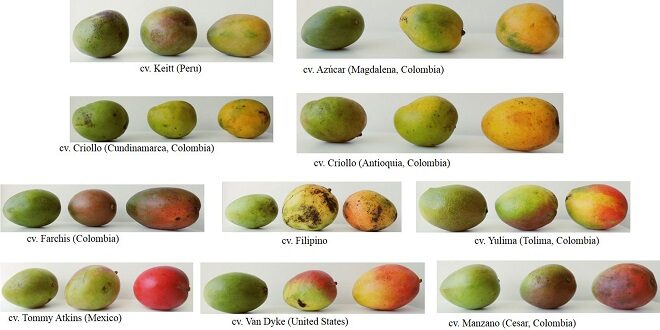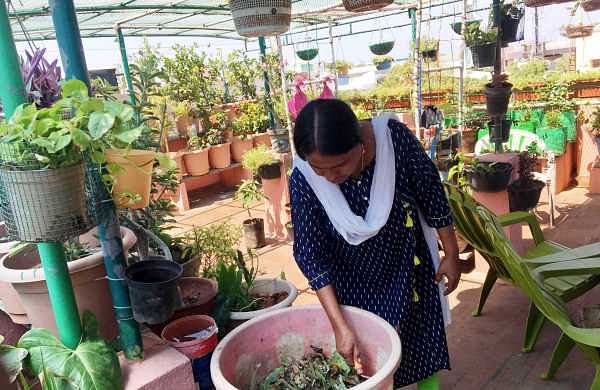Fermentation
Batch fermentation is preferable by inoculating the actively growing yeast into must contained in fermenters or conical flasks fitted with a rubber cork fixed with a bent glass tube for CO2 release under stationary conditions for a period of 20 days.
Differences in the composition between mango varieties have been previously reported. The distinctiveness or the intensity of mango aroma varies between varieties of M. indica and within a variety, depending on the climate, the ripeness of the fruits, the crop size, and other factors.
Of interest to the winemaker are these major fruit components: sugar, organic acids, aroma and flavor compounds, phenolic compounds/tannins, certain amino acids, and certain metallic compounds such as potassium. Fully ripe mangoes contain almost equal quantities of glucose and fructose, which are simple sugars, and when fermented with yeast, form ethanol and CO2.
Ripe mango fruits contain 70% to 80% of water by weight. Reddy (2005) reported the composition of 10 mango wines produced from different cultivars. He suggested that the concentration of ethanol, organic acids, tannins, and aromatic volatile compounds produced differed with mango variety. The concentration of higher alcohols ranged from 131 to 343 mg/L (Table 14.4).
The highest is in the wine produced from the Banginapalli variety, and the lowest is in the wine produced from the Neelam variety. Higher alcohols may influence certain sensory characteristics, although they constitute a relatively lesser quantity of the total substances. Esters have a crucial importance in wine quality as they provide pleasant aroma sensations.
The formation of esters in wine depends on various factors such as type of fruit, yeast strain, and fermentation conditions like temperature, pH, and incubation time. Although the yeast used in fermentation was the same, the ester concentration was different in each type of mango fruit.
In the mango wine produced from different varieties, the concentration of esters varied from 15 to 35 mg/L (Table 14.4)
Screening of Yeast Strains for Mango Wine Production
The inoculation of must with selected yeasts minimizes the influence of wild yeast on wine quality. However, little is known about the contribution of wild yeaststo the synthesis of volatile compounds during inoculated fermentations. In mango wine fermentation, different investigators used different yeast strains.
Influence of Yeast Strain on the Composition of Mango Wine
The compounds formed during alcoholic fermentation have a decisive influence on the volatile composition of wine. The major volatile products of yeast metabolism, ethanol, glycerol, and CO2 make a relatively small yet fundamental contribution to wine flavor.
The main groups of compounds that form the fermentation bouquet are organic acids, higher alcohols, and esters and, to a lesser extent, aldehydes (Lambrechts and Pretorius 2000). The CFTRI 101 yeast strain completely use the sugar in mango must and convert it into ethanol (residue 1–2 g/L).
This strain showed vigorous fermentation capacity during the fermentation of mango must. The strain is well adopted to the conditions of mango must and started ethanol production within 4 hours of inoculation and completed the fermentation within 70 to 76 hours, and it showed good ethanol tolerance capacity up to 10% (w/v).
Last word
Kumar et al. (2009) optimized the fermentation conditions, temperature, pH, and inoculum size using the response surface methodology. Reddy and Reddy (2010) investigated the effect of fermentation conditions such as temperature, pH, sulfur dioxide (SO2), and aeration on mango wine composition and yeast growth.
 TECHGUIDANCES
TECHGUIDANCES




